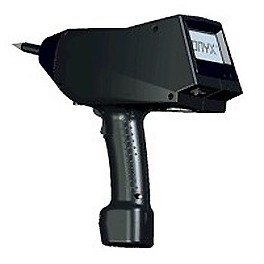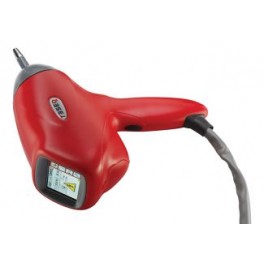No products
Product successfully added to your shopping cart
There are 0 items in your cart. There is 1 item in your cart.
Categories
Best sellers
-

Schaffner / Teseq NSG 435 ESD Simulator for IEC 61000-4-2
Programmable discharge voltage 200 V to 16.5 kV Stabilized charging...
$590.00 -

ESDGuns.com GRC Series Ground Cable w/ 470k Ohm Resistors for ESD Voltage Bleeding
Ideal for voltage bleeding to Ground Plane during Indirect ESD Immunity...
$199.00 -

Rent Keytek Minizap MZ-15/EC 15kV ESD Simulator Gun
Rentals Ship Immediately Purchase Options See: Used Keytek Minizap ESD...
$495.00 -

ESD Guns IF Insulating Foil for ESD Compliance Testing
Suitable for EN/IEC 61000-4-2 ESD immunity compliance testing...
$197.00 -

Teseq / Schaffner INA 405 Ni-Mh Battery Pack Refurbishment for NSG 435 ESD Gun
ESD Guns can refurbish your existing INA 405 battery pack. Expected...
$275.00 -

Haefely ONYX 16 kV ESD Generator Gun
Rental Package IncludesAir and Contact Discharge Tips Output...
$595.00 -

Teseq NSG 437 Electrostatic Discharge (ESD) Simulator Gun for GR-1089 & IEC 61000-4-2
Air- and contact-discharge to 30 kV Color touch panel control Advanced...
$895.00 -

3ctest EDS 20H Hand-held 20kV Electrostatic Discharge ESD Simulator
Air- and Contact- Discharge: 1000 Volts - 20kV ±5% Rise time: 0.6-1ns RC...
$476.00
MIL-STD-1541A: Electromagnetic Compatibility Requirements for Space Systems
Overview
Airborne equipment and systems installed in satellites and other space vehicles are exposed to severe ESD threats. Based on NASA research, and depending on which part of the vessel and which phase of the flight is concerned (Launching, stages seperation, orbital, galactic trajectory, etc.) several generators are recommended: HV coil, flat plate, and direct capacitor injection:
Considerations
ISO 14302 is the most up-to-date standard for ESD testing in space systems and vehicles.
- Test voltages range from kV up to 300 kV, available energy from nanojoules to hundreds of millijoules.
- Source capacitances vary from nanofarads to hundreds of nanofarads, wih peak discharge currents from 1 Amp to 1 kA.
Setting up for ESD Testing
In order to reproduce the ESD effect in space, different ESD test set-ups are used in space industry. The objectives of the set-ups are to reproduce the ESD effects in space i.e. the blowoff:
1) Simulation of the E-field pulse by a radiated susceptibility test with a pulsed discharge at a level of 10 kV and at a distance of 30 cm from each exposed face of the test sample [3] (see Fig. 1); Fig. 1: MIL-STD-1541A ESD set-up
2) Simulation of the current flowing in the spacecraft structure; this could be done by different set-ups:
• by a direct injection onto the unit structure as specified in the MIL-STD-1541A [3];
• by a magnetic coupling test set-up as specified in the ISO14302 [1] and ECSS-E-ST-20-07C [4] (see Fig. 2).
Download
Data Presentation
Data shall be presented detailing each discharge point, tip used, voltage applied to the EUT at that point (including magnitude and polarity), type of discharge (air or contact), and resulting operating behavior.
More Details
Ground reference plane: A copper or aluminum sheet of 0.25 mm minimum thickness: other materials may be used but they shall have at least 0.65 mm minimum thickness. The minimum size is 1 m2. The exact size depends on the EUT. It shall project beyond the EUT or coupling plane by at least 0.5 m on all sides. It shall be connected to the protective earth.
Coupling planes: These planes shall be constructed from the same material and thickness as that of the ground reference plane and shall be connected to the ground reference plane via a cable with a 470kΩ resistor located at each end.
Popular ESD Simulators
Haefely ONYX 30 kV ESD Generator | |
 | Features:
|
Teseq NSG 437 Automotive ESD Gun | |
 | Features:
|

